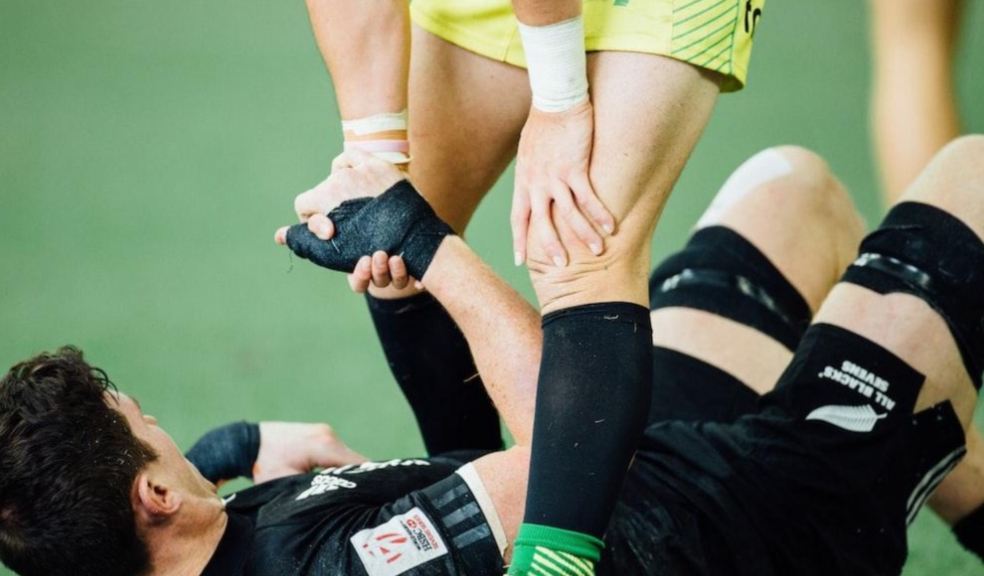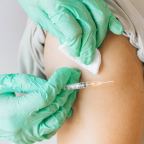
Football injuries ―risks, treatment and prevention
Football is a sport that speaks to nations worldwide and gathers millions together. Everyone has heard of FIFA21 as the immersive gaming experience of the Real Madrid football club. Seeing so much football around us with people entering the field makes us believe it’s an easy sport and can be handled by anyone with little effort.
However, the truth is that football requires a lot of discipline and hard work. Cardio training is the most important and strenuous because it must prepare the player to withstand prolonged running hours. Hence, they need to do distance running, interval sprints and tempo runs daily to increase their body durability. Moreover, players also need some strength training for better athletic performance.
Unfortunately, despite all efforts, footballers are prone to a lot of injuries, whether caused by lack of attention or the opponent’s intention. Mitigating recovery might be tricky, so here are some common accidents and ways of treating them.
Knee injuries are difficult to avoid
Knee injuries are the most common and also pretty challenging to treat and overcome when ligaments are torn, or something is fractured. Ronaldo Nazario, Owen Hargreaves and Ledley King had to retire following knee accidents, even though they were one of the best sportsmen the world has seen. While most of the time, knee issues come from non-contact or overuse causes, they’re also the cause of intentional or accidental contact between players.
Sometimes, teammates or even players from the opposite team will try to injure others to win the game or get their place, which happened between Tom Brewitt and one of his teammates. In the aftermath, the player suffered a grave injury that required weeks of treatment, which can be considered a criminal injury, according to https://www.compensationcalculatoruk.co.uk/criminal-injuries-compensation-calculator/.
Minor knee injuries can be solved with the RICE technique (rest, ice, compression and elevation). Hydration and diet also contribute to fast recovery. However, knee issues can be prevented with the right exercises that don’t strain the body part, such as working the quadriceps, stretching, and avoiding overtraining.
Hip pointers as an outcome of a direct blow
Hip pointers are more frequent in basketball players since they’re more massive and have to jump to reach the ball, but they also affect football players since direct contact between them is frequent in a game. After experiencing such a hit, players will recall pain while running while jumping, and sometimes, they won’t be able to bend if the abdominal muscles are also affected. Hence, footballers won’t be able to play until they’ve received proper treatment.
A great example of luck and fast recovery was Romain Vincelot, whose hip resurfacing surgery allowed him to prepare for the Sky Bet League Two campaign after a year of hard work. The cartilage in the hip was significantly worn out, so he could barely walk at some point. After their recovery, the footballer signed with a new football club and is now playing again.
Treating hip pointers is pretty straightforward if the injury isn’t that bad with ice, compressions, anti-inflammatory medication and a lot of rest. However, if the pain persists, an orthopaedic surgeon must step in and make an X-ray or MRI to assess the problem. Hip pointers can sometimes be prevented by wearing padded compression shorts.
Concussions have severe complications
Concussions are considerably challenging to tackle since they’re considered mild traumatic brain injuries since they take a hit on the brain cells. Footballers are the most prone to getting concussions, along with hockey and soccer players, since they frequently hit the ball with their heads or experience hits with each other. Each player must stop participating in matches right after the concussion because they’ll suffer from reduced reaction time and, therefore, be at risk of developing another injury.
Many times, players suffered severe concussions. Raul Jimenez had a fractured skull in the aftermath of a collision with David Luiz, and it’s one of the most notable accidents in football history. Ryan Mason was also hurt pretty severely after a head collision, having to leave his career behind at 26 years old. In the case of Petr Cech, the injury was so bad he had to wear protective headgear for the rest of his life during matches.
Concussions cannot be entirely prevented due to the high-impact sports feature. Players need to be taught adequate heads-up tackling techniques and practice fair sportsmanship. When it comes to treatment, the most basic methods of recovery include a lot of rest. In time, the footballer will be required to increase their physical activities to regain their reflexes.
Acromioclavicular joint injury takes months to recover from
The Acromioclavicular joint injury can be pretty serious since it affects the collar bone in the place where it connects to the shoulder blade. It can lead to a dislocated shoulder and requires immediate care. Unfortunately, direct contact is difficult to avoid in football, so AC joint injury is challenging to prevent.
Anthony Richardson is one of the many sportsmen who suffered from a separated shoulder and had to avoid any physical activity for some time since the ligaments teared up. The condition is considerably painful and needs a lot of time for recovery, but for now, there weren’t significant cases that led to a footballer’s end of career.
There are six grades of injury graveness, with the worst one beginning with a shoved downward clavicle and detached fascia. Surgery is usually done from grade four to six when the torn shoulder ligaments don’t heal, but even those with grade three injuries might ask for surgery if the pain is unbearable during play.
Final considerations
Footballers become famous fast and are adored by millions of fans, but they’re exposed to severe risks and injuries during matches due to the sport being high-impact. This means that footballers are still prone to getting injured regardless of the protective gear since the collisions are considerably powerful. Knee injuries, concussions and AC joint injuries are some of the most difficult to deal with, and recovery takes time a patience, but it’s necessary for players to get back on the field.











